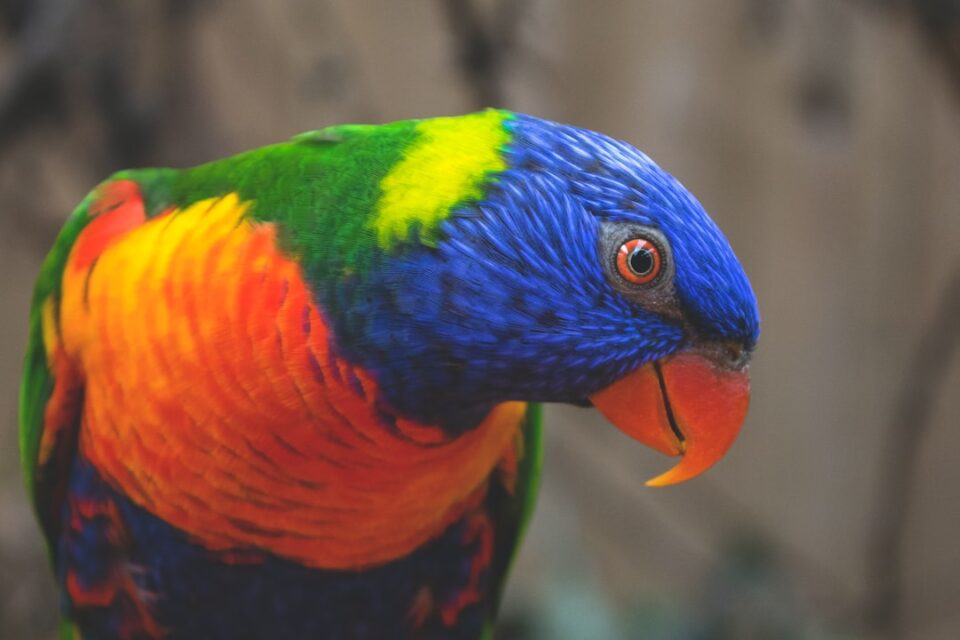How to Build a Wildlife-Friendly Garden
Creating a wildlife-friendly garden is not only beneficial to the creatures that inhabit it, but also to the environment as a whole. By considering the needs of various wildlife species, you can transform your garden into a haven for birds, butterflies, bees, and other fascinating creatures. Whether you have a large backyard or a small city balcony, here are some tips on how to build a wildlife-friendly garden.
1. Embrace Native Plants
Native plants are well-adapted to the local climate and provide an abundant source of pollen, nectar, and food for wildlife. Include a variety of native flowers, shrubs, and trees in your garden to attract a diverse range of wildlife species. Research which plants are indigenous to your area and consider the preferences of specific animals you wish to attract. Remember to choose a mix of plants that bloom at different times of the year to ensure a continuous food supply.
2. Provide Shelter and Nesting Sites
Wildlife requires places to take shelter, hide, and build nests. Create these spaces by incorporating features such as birdhouses, bat boxes, or bee hotels. These structures not only provide vital habitat but also add a charming touch to your garden. Additionally, consider planting trees and shrubs that offer natural nesting sites for birds and other small animals.
3. Include Water Sources
Water is essential for the survival of wildlife, so incorporating water sources in your garden is vital. This can be as simple as a birdbath, a small pond, or even a container filled with water. Ensure that the water is clean and refreshed regularly to prevent the spread of disease. Adding rocks or stepping stones will provide a landing spot for insects and birds to safely drink and bathe.
4. Limit Chemical Usage
Pesticides, herbicides, and other chemicals can be harmful to wildlife. Minimize the use of these substances in your garden or, better yet, eliminate them completely. Instead, opt for organic and natural methods to control pests and weeds. By doing so, you ensure a safe and healthy environment for both wildlife and yourself.
5. Create Pollinator-Friendly Spaces
Pollinators such as bees and butterflies are vital to the health of ecosystems, as they facilitate the reproduction of plants. To attract and support these important creatures, incorporate plants that provide nectar and pollen-rich flowers. Examples include milkweed for monarch butterflies, lavender for bees, and coneflowers for a wide range of pollinators. By providing these essential resources, you can help populations of declining pollinators.
6. Encourage Wildlife-Friendly Behavior
Educate yourself and your community about the importance of wildlife conservation and how to create wildlife-friendly environments. Encourage neighbors to limit their use of chemicals and plant native species in their gardens. By creating a network of wildlife-friendly gardens, you can expand the available habitat for wildlife and create corridors for them to move between areas.
7. Be Patient
A wildlife-friendly garden takes time to establish. It may take a few seasons for plants to mature and for wildlife to discover and utilize the space. Be patient and allow nature to take its course. In time, you will witness an influx of birds, butterflies, and other animals that will make your garden come alive.
Building a wildlife-friendly garden is a rewarding experience that allows you to observe and support the wonders of nature. By embracing native plants, providing shelter and water sources, limiting chemical usage, and creating a pollinator-friendly space, you can make a positive impact on the environment while enjoying the beauty of wildlife in your own backyard.


